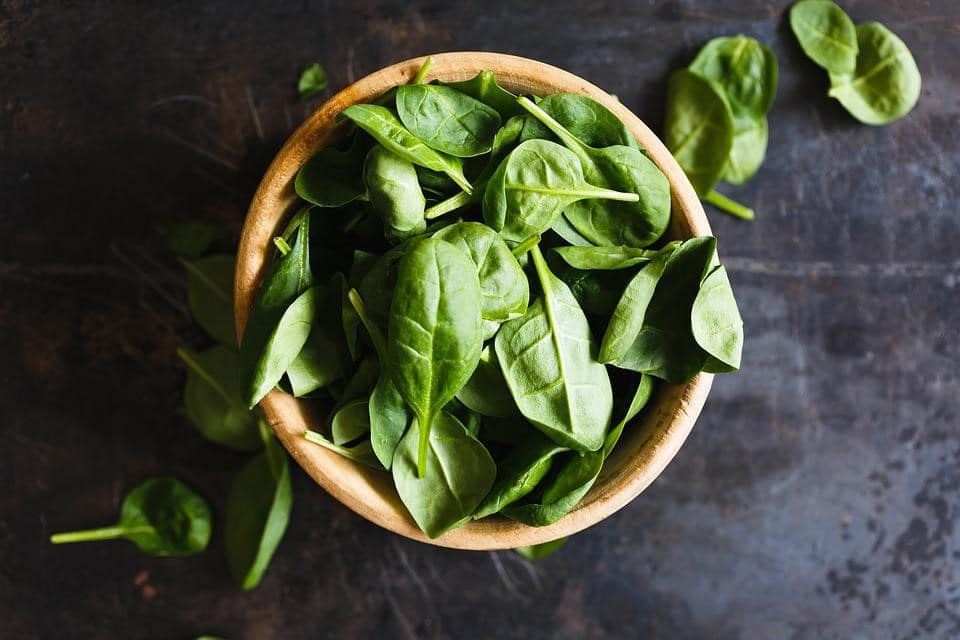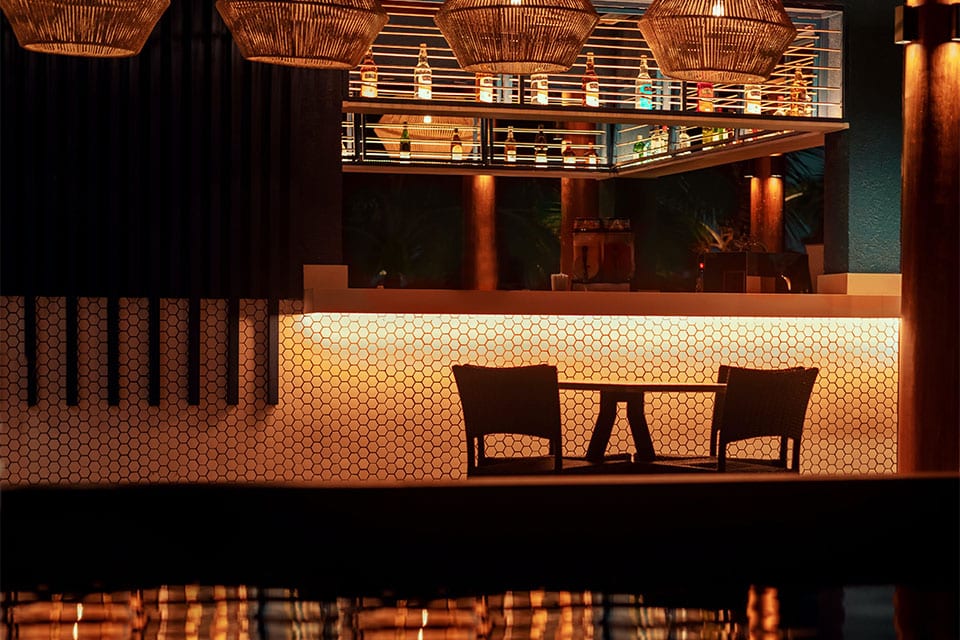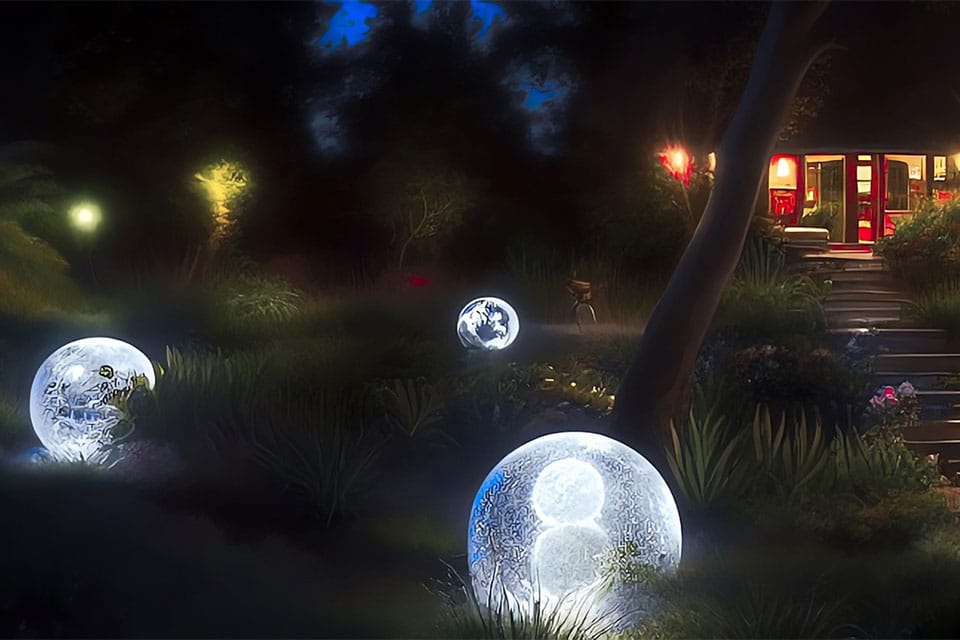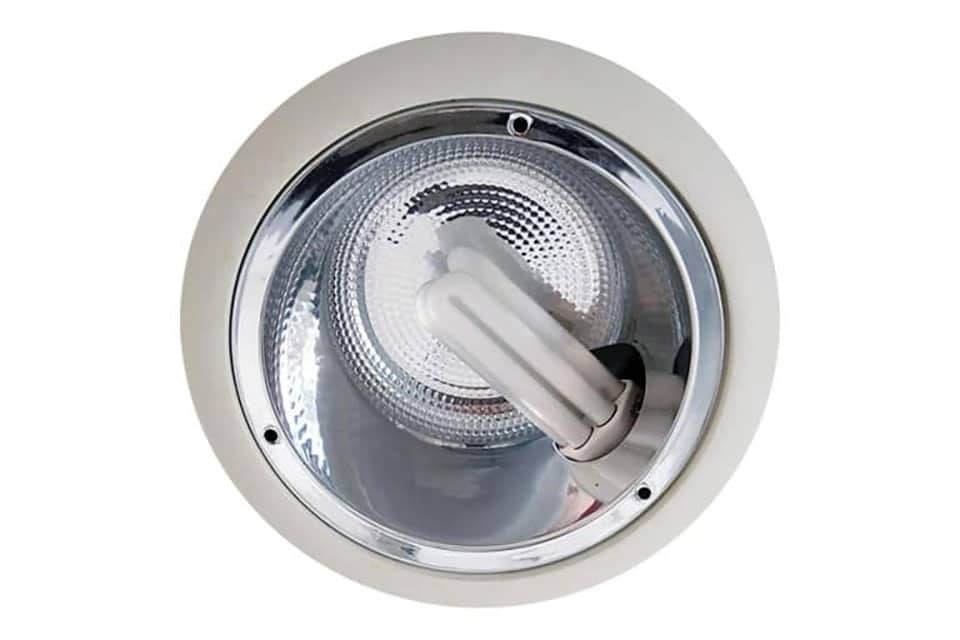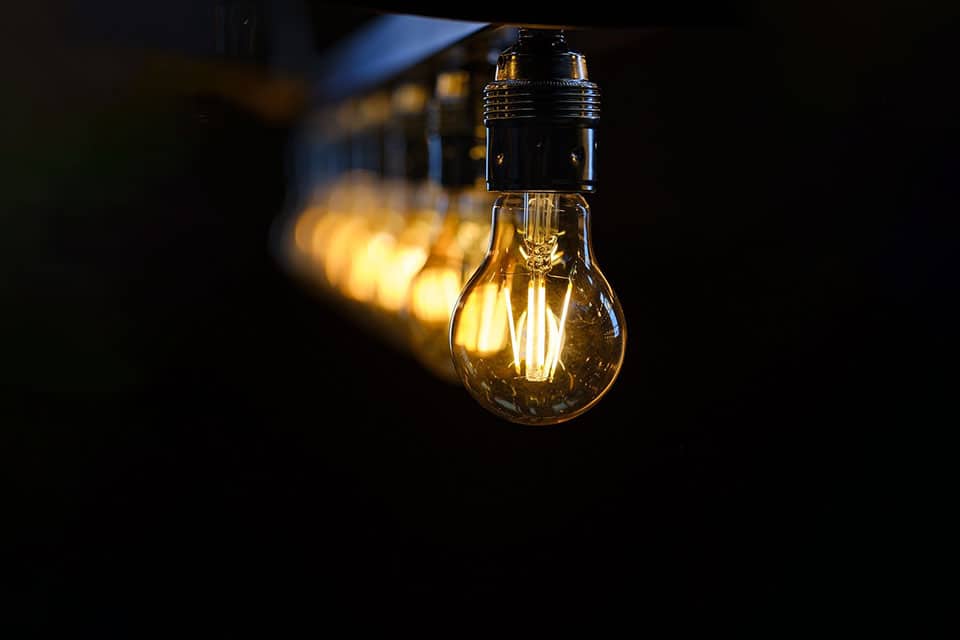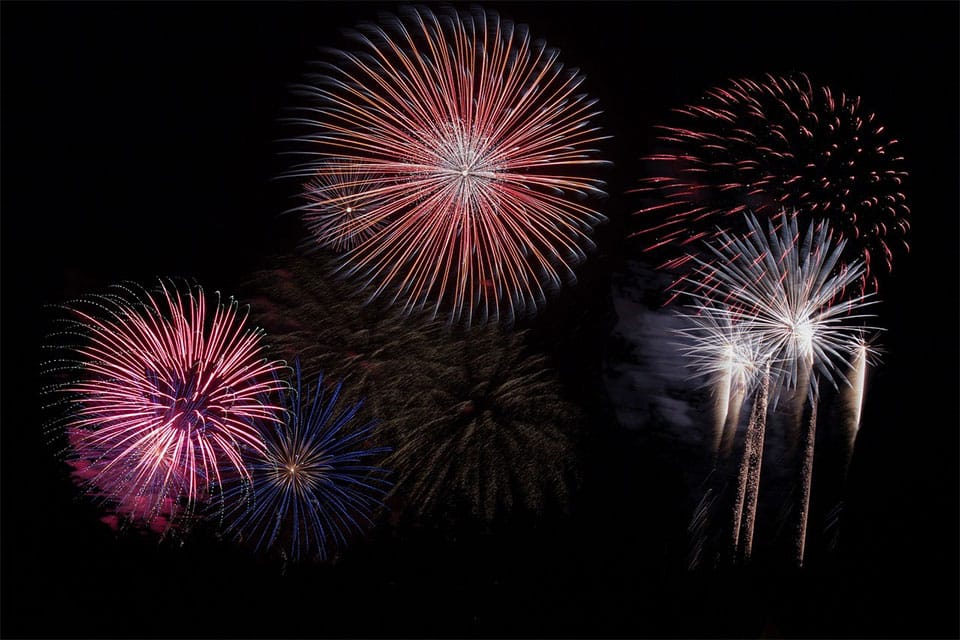Food photography may seem all fun and games to most people. Especially since it’s all about taking pictures of food. But, it’s not always that way. The struggle to find the best lighting possible, can be a real struggle.
Yep, you heard that right, good lighting matters when taking food pictures. Bad lighting can make the most delicious foods look unappetising. And this may affect your audience or followers.
So, when talking about lighting, the first thing that comes to mind is sunlight or natural light. It is free of cost and available anywhere. But is that true? Does natural light give us great photography results? Or is it a myth? Let’s further analyse this.
Natural Light - A Myth?
Natural light may be a great option for those who have ready access to it. But for the people who take pictures and need lighting every day, it may not be the best option.
Since one cannot control or predict natural light. One cannot guess if it will be sunny today or not. Along with this, one cannot control the quality of natural light. It can be too bright or too dull and we can do nothing about that.
Another major drawback of natural light is that it may not always be available. For instance, in winter it gets cloudy and no natural light may appear. Even during rain, it may get dark and we may not be able to see the sun for days.
These factors make it difficult for people to use natural light. As they might have to wait for days to get 3 minutes of perfect lighting, this may become frustrating and de-motivating.
But hey, we’ve got a solution. You can improve your photography with the help of artificial lighting.
What Is Artificial Light?
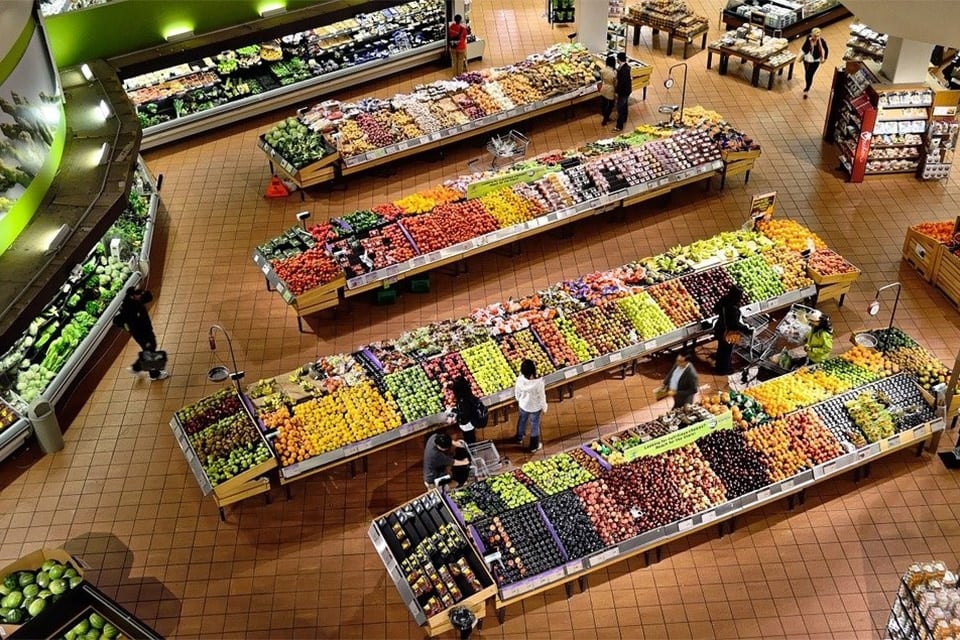
Artificial light is generally used in photography to make the picture more vibrant. They may be of use in food photography to make the food look delicious. Some common artificial light sources used by people are constant lights (lamps, hand lamps, etc.) and flashes (studio flash generators or flash guns).
Constant light sources like lamps, hand lamps, etc. are like natural light. But the major advantage of these is that you can influence the characteristics of light. These are also available at all times and you can use them as and when needed.
But, flashes like studio flash generators and flash guns work differently. You can produce various effects with the help of flashlights. E.g. Freeze motion is a great effect to use. These lights are useful for motion studies by using the flash stroboscopic mode.
5 Ways To Use Artificial Lights For Food Photography
There are many uses of artificial lighting, making it a big asset in photography. But first, you must set up an artificial lighting studio. This will help you take pictures without wasting much time setting them up.
Here are 5 ways to use artificial lights for food photography:

1. Overhead kitchen lights are not an alternative to artificial lights!
Many people like to use their overhead kitchen lights as artificial lights for food photography. But the truth is, they don’t make your food look appealing.
Overhead kitchen lights seem like an alternative to artificial lights but they’re not. This is because they have an unnatural tone to them which may make the food look dull. They are also placed overhead and splash the light directly on the food. Thus, it doesn’t highlight the food but rather washes out the texture. Making your food look flat and dull.
So, instead of using overhead kitchen lights, you can use stand-alone lighting units. Even the ones without daylight balance will work better than overhead lights, since you can angle them according to your needs and highlight your food.
2. A Dark Room With Closed Curtains Is Your Go-To Place
Food photography with artificial lights is a great option but it may not be ideal if we use too many sources of lighting. Thus, one must try to remove all-natural light before taking the picture.
You can do so by closing all the curtains before taking the picture. This will help remove all-natural light from the room and give you full control of the colours, angles, and look of the photograph.
But, this is not a necessary rule. It depends on different people’s preferences. Some big photographers prefer to use set up light along with natural light while others don’t. So, it completely depends on your preference.
3. You Need To Know How To Operate The Lights
Using artificial lights is great but the results may not be ideal if you don’t know how to use the lights. It includes knowing the use of lights, reflectors, background, diffuser, and other tools.
You must know how to manipulate the lights and use them for your benefit. You must know the complete setup and not the lights.
4. A White Surface Is A Must

A white surface is a must because it helps you test and adjusts the white balance. E.g. If your artificial light is yellow, it may completely change the look of the picture. But with a white background, you can easily adjust the white balance on your camera.
You can also opt for bluer tones as they are easy to warm up and saturate. Especially during editing blue tones are easier to remove than yellow cast.
5. You Must Learn Manual Camera Settings
This last tip may be a little annoying for some people, but trust me it will level up your photography game. It is also the most important thing that will make you an all-rounded photographer.
You must at least learn the basics so that they can control their camera as they like. Other than that some important things to learn are:
- Aperture
- Shutter speed
- ISO
- White balance
- Auto and manual focus
You must learn and practice these to use artificial lighting for food photography.






















































































